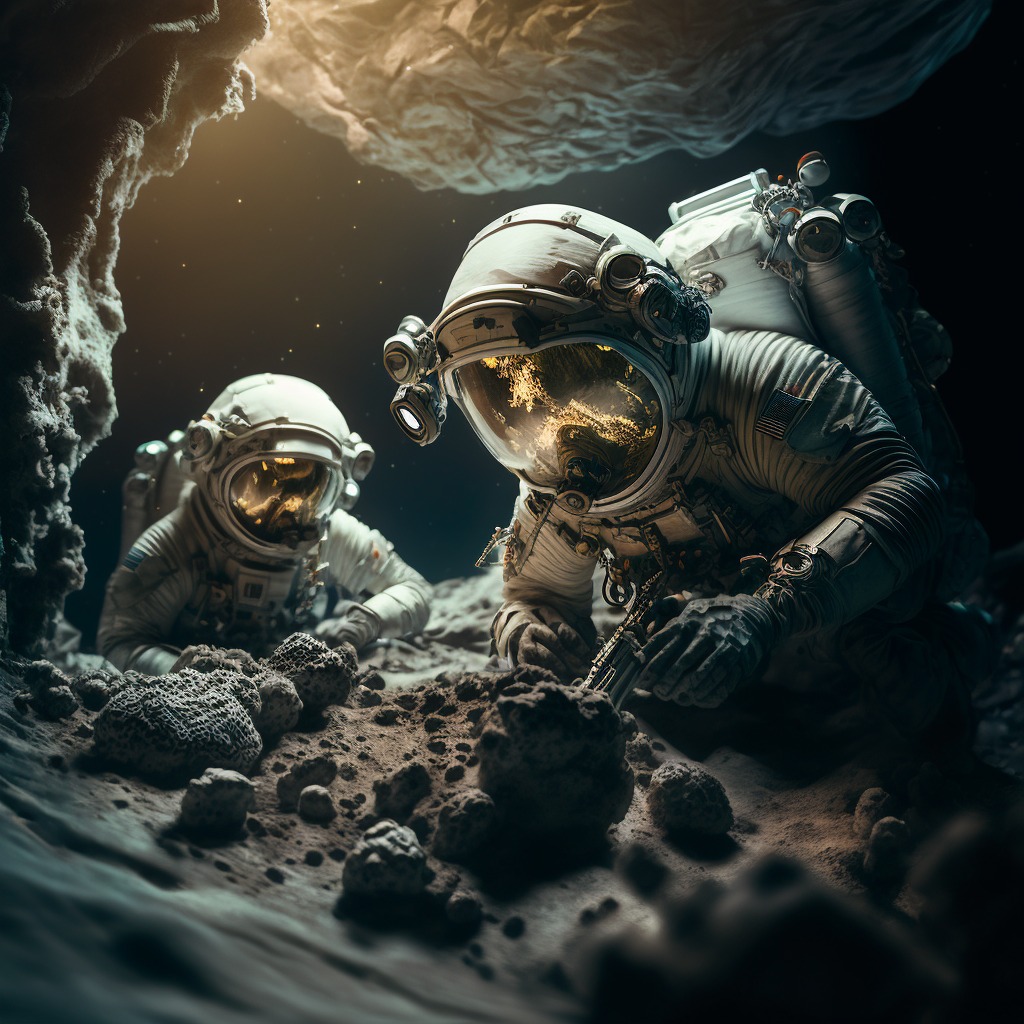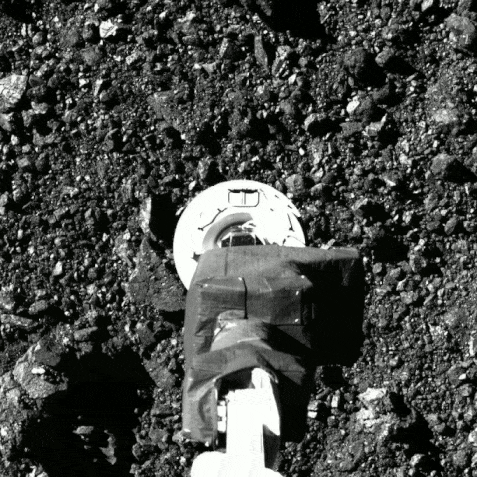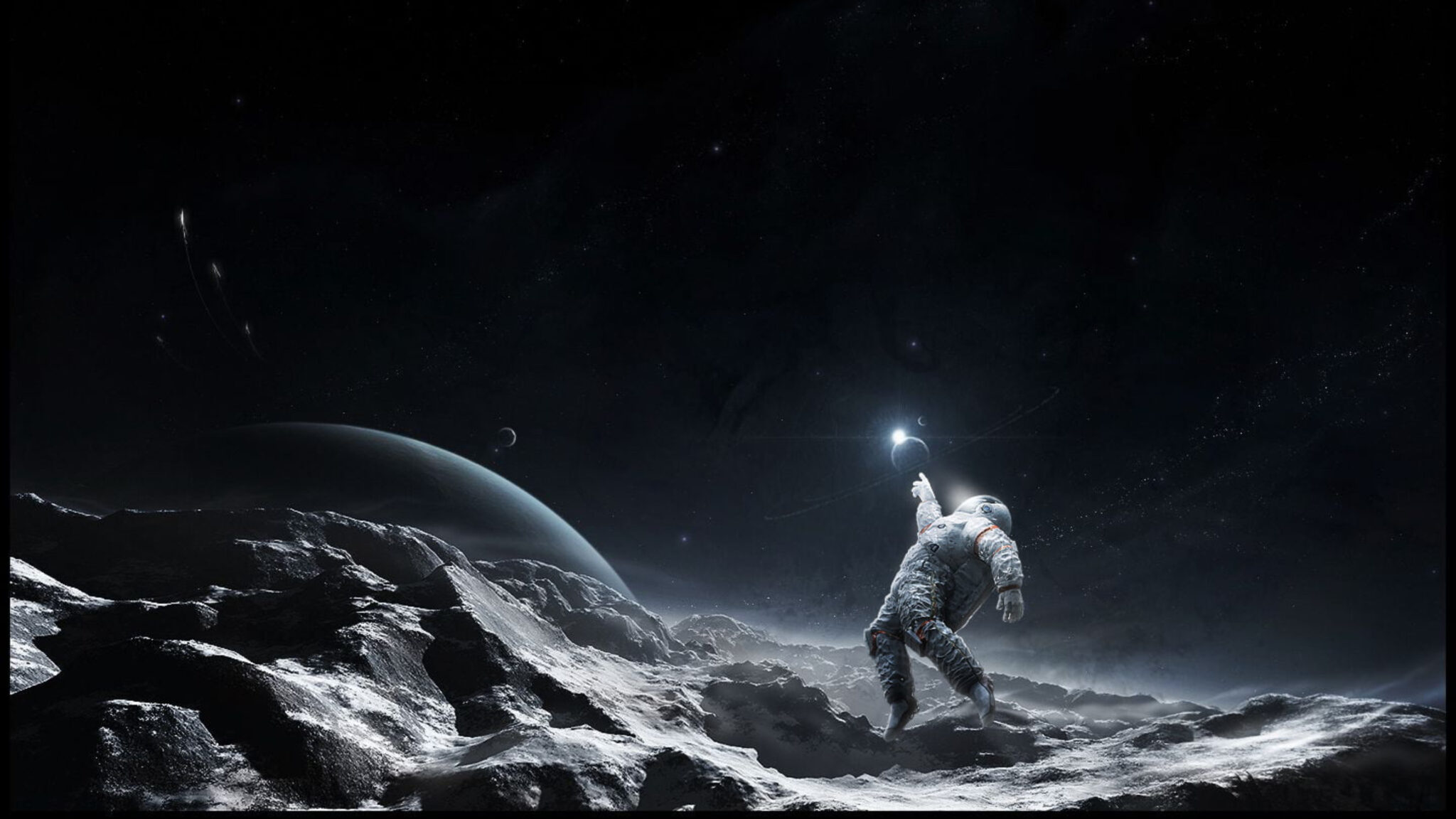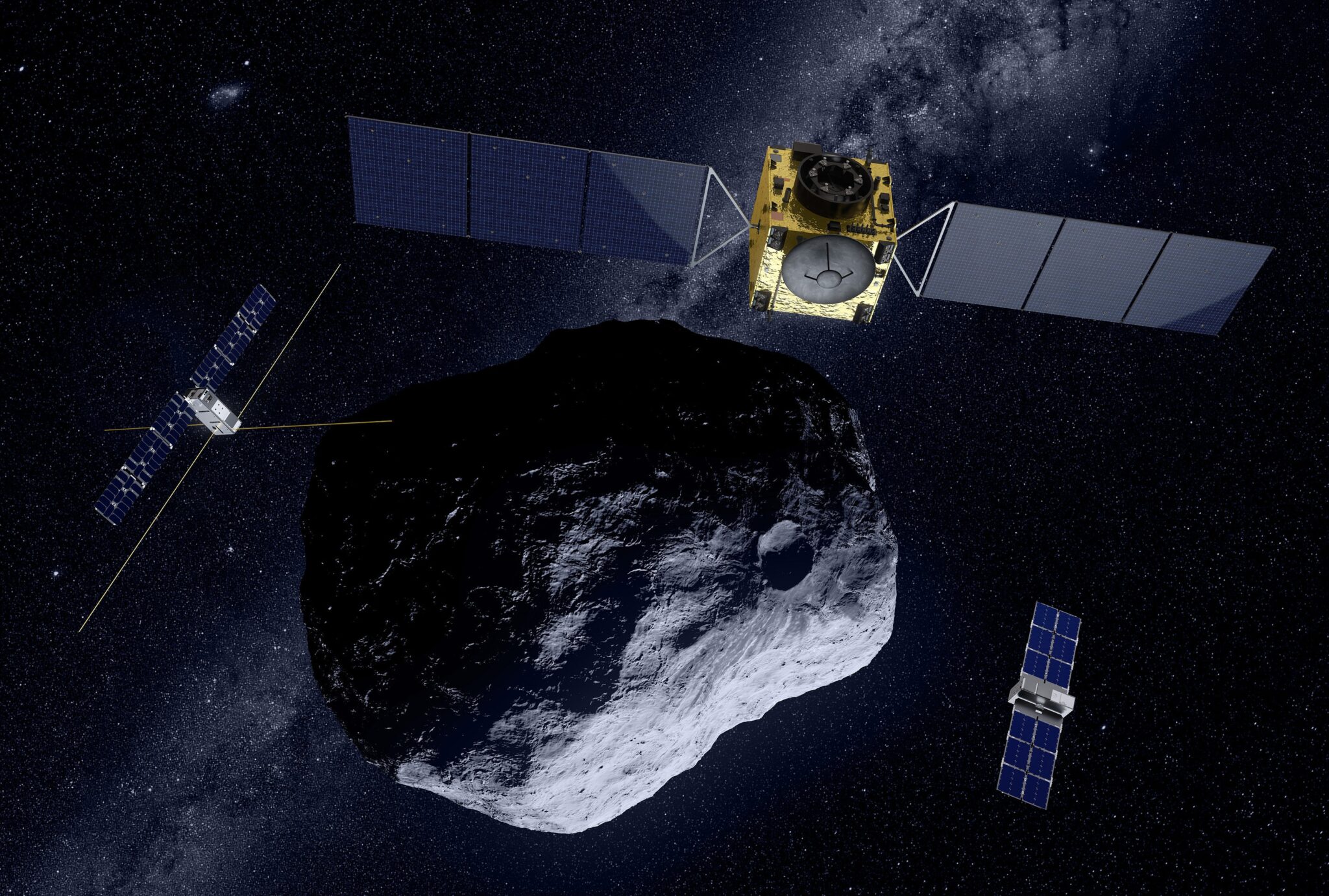In September 2022, the DART mission made history after a controlled collision of a spacecraft with an asteroid. This accident proved the predicted theoretical models that a kinetic impact could knock off course a potentially dangerous asteroid that was aimed at Earth.

The DART mission also sent photos to Earth of the debris–covered surface of its target, Dimorphos, a moon of the larger asteroid Didymos. These images were not only used by scientists to present the landing procedure on Didymos, but also aroused legitimate interest in what it would be like to step on an asteroid or a similar space rock.
European Space Agency planetary scientist Naomi Murdoch explains in her video how it is to explore an asteroid. She also explained what problems astronauts would face if they tried to set foot on Dimorphos.
Low gravity is a huge danger
The first problem of a 170-meter asteroid is its surface, covered with huge boulders that will pose an obstacle to movement on the surface. Another risk is that astronauts may fall under the surface of the asteroid as soon as they step on it. When NASA’s OSIRIS-REx mission visited the asteroid Bennu in 2020, video footage of its landing showed that the lander’s leg was almost completely submerged. It turned out that Bennu is an asteroid of debris, so loosely packed that it resembles a lump of plastic balls in a children’s pool.

“A lot depends on whether its material is hard or soft, which would determine how high an astronaut might bounce, or else sink. On the asteroid Bennu, visited by NASA’s OSIRIS-REx, you would clearly sink if you landed too hard,” explained Patrick Michel, Director of Research at Observatoire de la Côte d’Azur.

Another risk that an astronaut seeking to walk on an asteroid may face is the low gravity of the asteroid. On Earth, we are not too concerned about this issue, because the gravity of our planet strongly holds us. For bodies with a much smaller mass, gravity may not be enough for astronauts to stay on their surface. For example, the force of attraction of the Dimorphos is less than a millionth of the force of attraction of the Earth. Therefore, it is enough to jump up from the surface of the asteroid at a speed of only 6 cm/s to send an astronaut into its orbit.
Space Vertigo
This means that astronauts exploring the asteroid can use spikes or crampons similar to those used by climbers to stay attached to the asteroid. In addition, astronauts can use the propulsion system to glide on the surface of the space rock.
When exploring asteroids, astronauts will also have to deal with the dizzying effects of the ever-changing sky above them, so being on their surface can even be disorienting.

It may take a long time before astronauts land on the first asteroid. In the meantime, ESA will continue to explore these space rocks with probes. Scheduled for October 2024, the Hera mission will send two shoebox-sized vehicles – Juventas and Milani – to Dimorphos. Hera will have to study how the collision with DART affected a pair of asteroids and the crater left after it. The launch into orbit around its target is scheduled for 2026.
Earlier we reported on what treasures asteroids hide in themselves.
According to ESA
Follow us on Twitter to get the most interesting space news in time
https://twitter.com/ust_magazine

